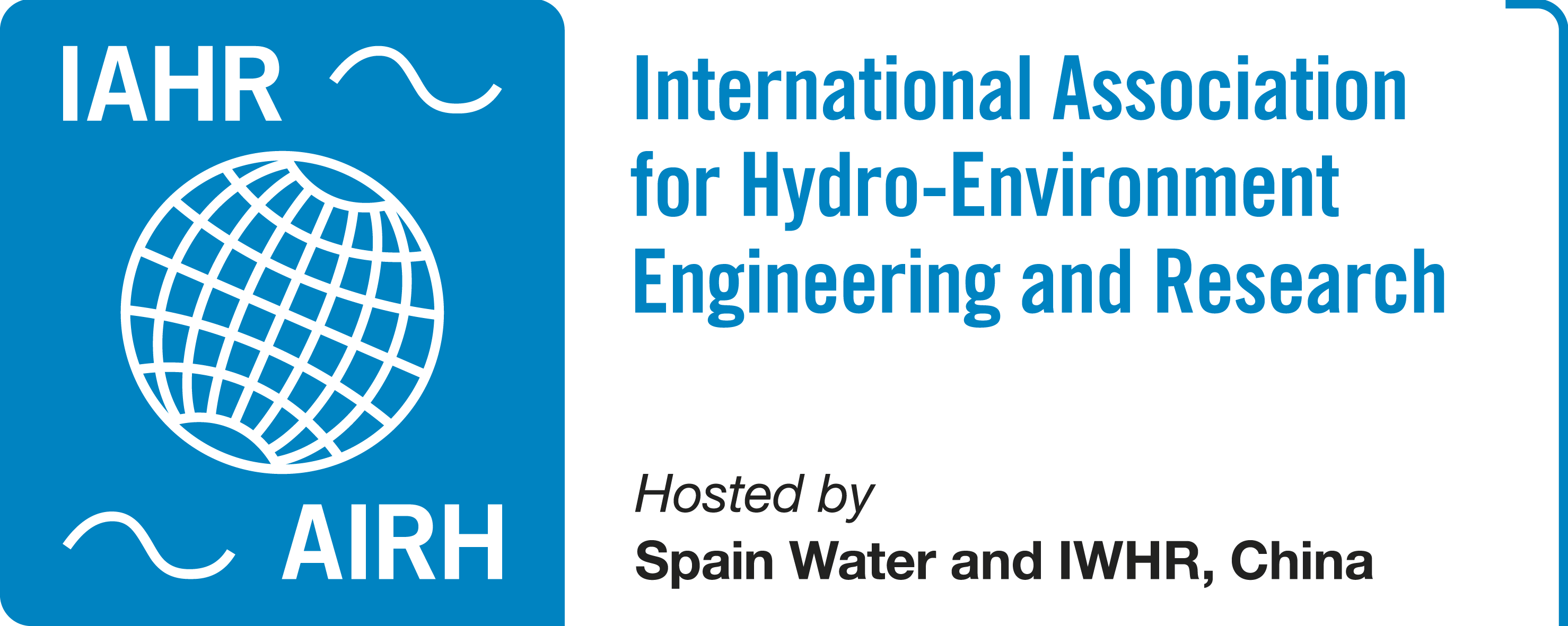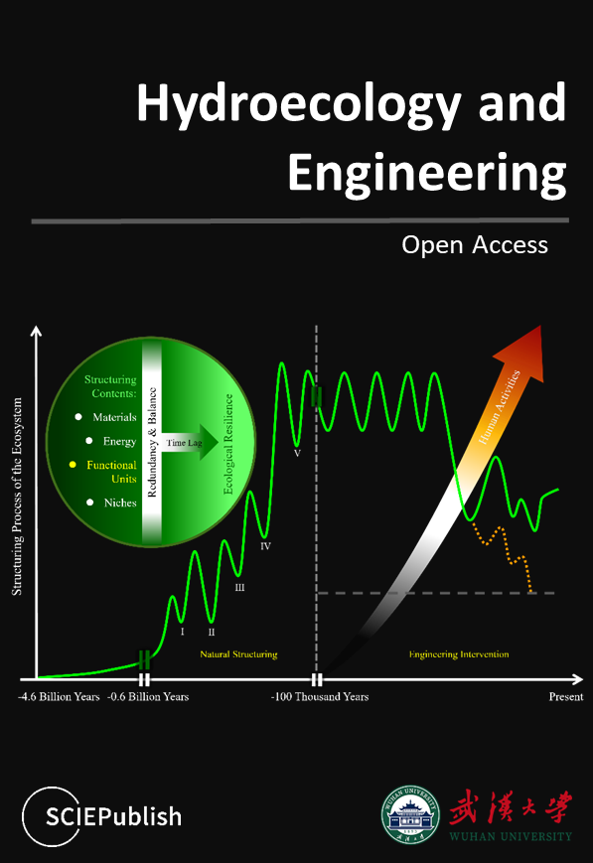Abstract
Climate warming and the associated intensification of extreme climate events (such as droughts, heavy precipitation, and heatwaves) present challenges to plant growth. However, the response of plant growth to these extreme climate events in various growing periods, climate regions, and agricultural land types with different irrigation strategies remains unclear. This study utilizes ten extreme climate indices and six drought indices to predict plant growth outcomes, as indicated by the annual cumulative Gross Primary Production (GPP), across different growing seasons in Europe from 2003 to 2020. Plant growth is influenced by factors such as soil moisture, water demand, temperature sensitivity, growth stage, and irrigation practices. To examine the impact of extreme climate events on plant growth, an explainable LightGBM model is developed. This model elucidates the contribution of such events, and helps to identify their tipping points. The results demonstrate that agricultural drought and extreme absolute temperatures are key predictors in forecasting the annual accumulation GPP. Plant growth shows a high correlation with extreme climate events in arid climates, followed by cold and temperate climates. In arid climates, extreme precipitation, indicated by the maximum consecutive accumulation of precipitation amounts over a 16-day period, is a predominant predictor of annual accumulated GPP. In cold climates, agricultural drought, indicated by surface soil moisture, plays a leading role in the model prediction results. In rainfed cropland and grasslands, extreme climate events have a more pronounced effect on plant growth yield compared to irrigated croplands. The implementation of irrigation strategies involving human intervention helps mitigate the impact of extreme climate events on plant growth outcomes. Multiple extreme climate events have varying impacts on plant growth during different growing seasons. The dominant predictor influencing the prediction results of annual accumulation GPP is primarily early-season agricultural drought, indicating potential drought memory.



























































